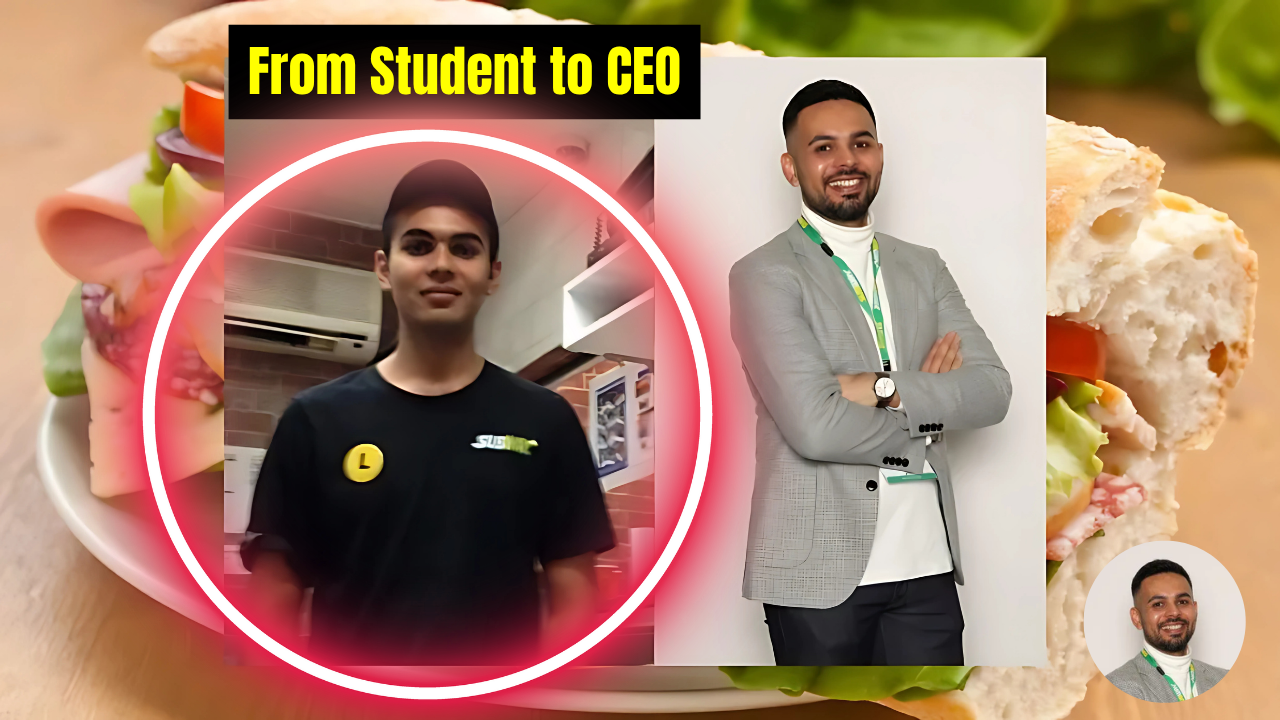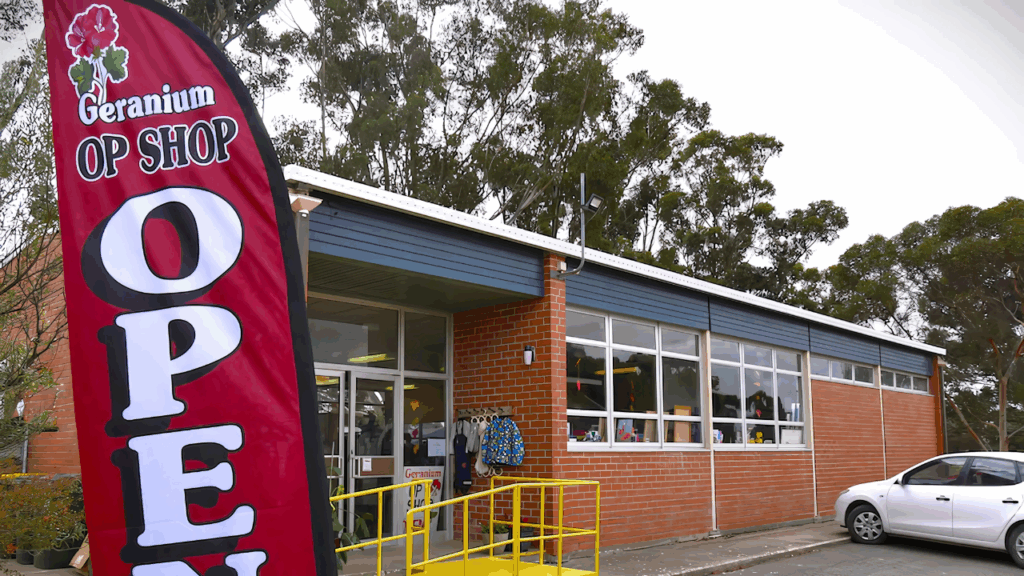A 19-year-old stepping off a plane in Melbourne, clutching a student visa and dreams bigger than his bank account. Fast forward twelve years, and that same young man now owns three thriving restaurants with no plans of slowing down. This isn’t your typical rags-to-riches fairy tale – it’s the real-world story of Manpreet Parmar, whose journey from international student to successful franchise owner proves that sometimes the best business education happens outside the classroom.
The Humble Beginning That Changed Everything
Back in 2012, when Manpreet first landed in Australia, the restaurant business was the furthest thing from his mind. Coming from a family where government jobs were the norm – his father served as a lieutenant colonel – business ownership seemed like an alien concept. Yet here he was, a teenager with an insatiable curiosity about how businesses actually worked.
“Nobody in my family had ever run a business,” Manpreet reflects. “Most of them worked for the government, and my dad really wanted me to follow in his footsteps and join the army. But I just couldn’t shake this fascination with understanding business operations.”
Those early days weren’t easy. Like most international students, Manpreet faced the harsh reality of balancing studies with the need to earn money. He spent countless hours walking around Melbourne, dropping off résumés at every shop and restaurant he could find. Eventually, his persistence paid off when he landed a night-shift position at a Subway on Swanston Street.
Learning the Ropes: More Than Just Making Sandwiches
### The Night Shift Grind
Working night shifts while maintaining a full-time study schedule would break most people. For Manpreet, it became his first real business lesson. Those lonely hours behind the counter taught him more about customer service, inventory management, and operational efficiency than any textbook ever could.
“The night shifts were brutal,” he admits. “They interfered with my sleep and university schedule, but I learned something valuable every single day. I was like a sponge, absorbing everything about how the business operated.”
His dedication didn’t go unnoticed. When an opportunity arose at another store with better hours, Manpreet jumped at it. Within just one year, his work ethic and natural business instincts earned him a promotion to store manager – a position that would change his entire trajectory.
### The Lightbulb Moment
During a routine manager training course, a casual comment from a trainer planted a seed that would eventually grow into his business empire. The trainer mentioned that Manpreet might consider owning a Subway franchise someday. For most people, this would have been just small talk. For Manpreet, it was a revelation.
He started paying attention differently. He noticed which stores were thriving and which ones were struggling. He learned about profit margins, staff management, and customer retention. Most importantly, he started networking within the Subway community.
Taking the Leap: From Employee to Owner
### The Strategic Approach
When Manpreet heard through the grapevine that Sonny, who owned five stores including one in Epping, was considering selling, he didn’t hesitate. At just 24 years old, most people would have considered him too young and inexperienced. But Manpreet walked into that Epping store with confidence and made his intentions clear.
“I just went in there one day and told him that if he was ever interested in selling, I’d be interested in buying,” he recalls. “It was bold, but I’d learned that opportunities don’t wait for perfect timing.”
The timing worked out perfectly. After securing his permanent residency in 2017, Manpreet made one of the biggest decisions of his life – he dropped out of his business degree to focus entirely on his new venture.
### The Growth Strategy
| Business Milestone | Year | Achievement |
|---|---|---|
| First Store Acquisition | 2017 | Epping location purchase at age 24 |
| Sales Growth | 2017-2019 | 85% increase in weekly sales |
| Second Store | 2019 | Westfield Plenty Valley franchise |
| Immediate Impact | 2019 | 10% sales increase within first month |
| Third Store | 2024 | Whittlesea location opening |
The results spoke for themselves. Under Manpreet’s leadership, the Epping store experienced an remarkable 85% growth in weekly sales. This wasn’t luck – it was the result of his hands-on approach and deep understanding of the business model.
Scaling Smart: Learning to Work ON the Business
### The Delegation Dilemma
Success brought its own challenges. Manpreet’s initial approach was to be everywhere, do everything, and control every aspect of the operation. He was working in the restaurant every single day, driven by passion but limited by his own capacity.
“A friend gave me some advice that completely changed my perspective,” Manpreet explains. “He said, ‘You can’t work on the business if you’re working in the business.’ That hit me hard because I realized I was becoming the bottleneck to my own growth.”
This insight led to a fundamental shift in his approach. Instead of trying to do everything himself, he started building systems and training people he could trust.
### The Philosophy of Patient Growth
Manpreet’s approach to expansion reflects a maturity beyond his years. Rather than rushing to open multiple locations quickly, he focuses on sustainable growth.
“I’m someone who believes in taking baby steps rather than diving headfirst into everything at once,” he says. “Otherwise, you end up getting freaked out or burnt out, and that helps nobody.”
Current Success and Future Vision
### Business Portfolio Overview
| Location | Status | Special Features |
|---|---|---|
| Epping | Flagship Store | 85% sales growth achieved |
| Westfield Plenty Valley | High-traffic location | Shopping center advantage |
| Whittlesea | Newest addition | Community-focused approach |
The numbers tell an impressive story, but for Manpreet, success isn’t just about financial metrics. It’s about building something meaningful and sustainable.
### Looking Ahead
“In five years from now, who knows how many restaurants I’ll own?” Manpreet muses. “I don’t want to limit myself to a specific number. What I know is that I find this work incredibly valuable and rewarding. It’s not about the destination for me – it’s about the journey, and it’s been an amazing journey so far.”
His father’s advice continues to guide his decision-making: “What you do today, you’ll see the consequences in five years.” This long-term thinking has become the cornerstone of his business strategy.
Lessons for Aspiring Entrepreneurs
### Key Success Factors
- Start where you are – Don’t wait for perfect conditions
- Learn continuously – Every role teaches valuable lessons
- Build relationships – Networking opens unexpected doors
- Focus on systems – Create processes that work without you
- Think long-term – Today’s decisions shape tomorrow’s outcomes
Manpreet’s story resonates particularly with international students who often feel torn between their studies and the need to work. His journey proves that with the right mindset, a part-time job can become the foundation for something much bigger.
The Bigger Picture
This success story represents more than just individual achievement. It highlights the potential that exists when determination meets opportunity, and when someone is willing to learn from every experience – whether it’s a night shift or a business meeting.
For Manpreet, the restaurant business has become more than just a way to make money. It’s a platform for growth, learning, and contribution to his community. Each new location represents not just business expansion, but also job creation and community investment.
As he continues to build his franchise empire, Manpreet remains grounded in the values that got him started: hard work, continuous learning, and strategic thinking. His story serves as inspiration for anyone who’s ever wondered whether their current job could be the stepping stone to something extraordinary.
Frequently Asked Questions
Q: How did Manpreet finance his first franchise purchase?
A: He leveraged his experience as a store manager and secured permanent residency before making the investment in 2017.
Q: What’s the secret to his 85% sales growth?
A: Hands-on management, customer focus, and systematic approach to operations improvement.
Q: Does he still work in the restaurants daily?
A: No, he learned to delegate and now focuses on strategic growth and business development across all locations.


